First Things
wellspring
16 years ago
Related Stories
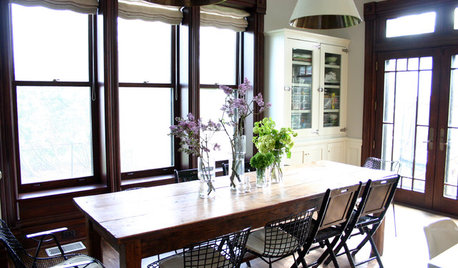
MOST POPULARFirst Things First: How to Prioritize Home Projects
What to do when you’re contemplating home improvements after a move and you don't know where to begin
Full Story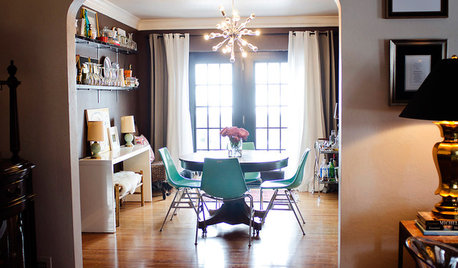
LIFESo You're Moving In Together: 3 Things to Do First
Before you pick a new place with your honey, plan and prepare to make the experience sweet
Full Story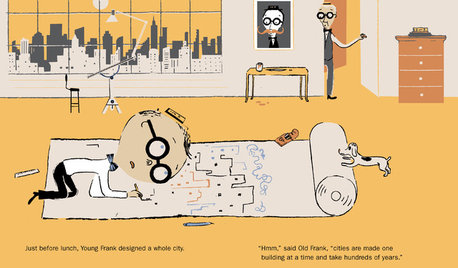
BOOKSMoMA's First Kids' Storybook Draws on Architects
See Young Frank make things. See Young and Old Frank head to MoMa. See your kids learn about architecture and the museum's collections
Full Story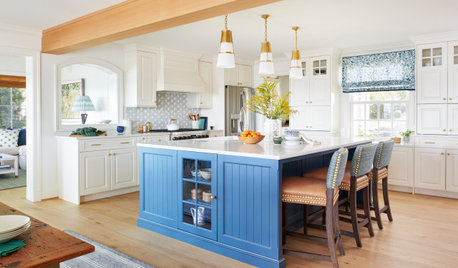
MOST POPULAROrganizing? Don’t Forget the Essential First Step
Simplify the process of getting your home in order by taking it one step at a time. Here’s how to get on the right path
Full Story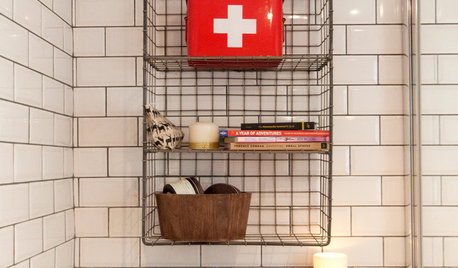
LIFEYour First-Aid, Emergency and Medical Supply Checklist
Don’t wait until you need them to stock your first-aid kit and emergency stash. Here’s what to get and where to keep it
Full Story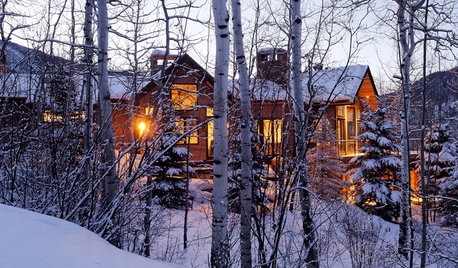
LIFEHouzz Call: Who'll Post the First Snow Photo of 2013?
If the weather's been flaky in your neck of the woods, please show us — and share how you stay warm at home
Full Story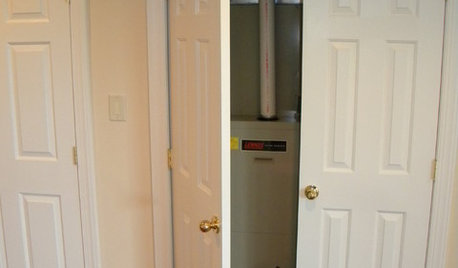
MOST POPULARA First-Time Buyer’s Guide to Home Maintenance
Take care of these tasks to avoid major home hassles, inefficiencies or unsightliness down the road
Full Story
KITCHEN DESIGNHouzz Call: Tell Us About Your First Kitchen
Great or godforsaken? Ragtag or refined? We want to hear about your younger self’s cooking space
Full Story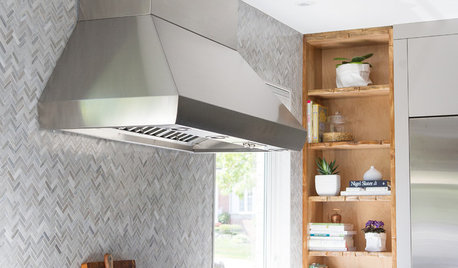
KITCHEN DESIGNKitchen of the Week: Function and Flow Come First
A designer helps a passionate cook and her family plan out every detail for cooking, storage and gathering
Full Story


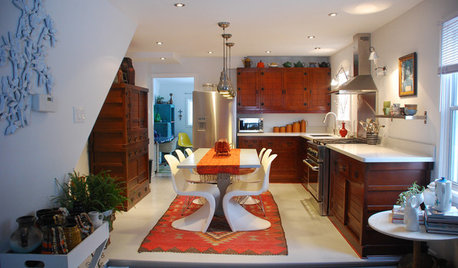
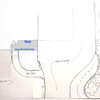




prairiegirlz5
laag
Related Discussions
OK, Shameless First Thing You Can Already Help Me With (LOL!)
Q
What's The First Thing To Do When You Get Keys To New House....?
Q
Do You Remember What The First Thing You Ever Sewed?
Q
First Things First?
Q
inkognito
laag
duluthinbloomz4
laag
wellspringOriginal Author
nandina
duluthinbloomz4
inkognito
jakkom
wellspringOriginal Author
laag
prairiegirlz5
laag
prairiegirlz5
jakkom
bahia
laag
rachel_z6
bahia
laag